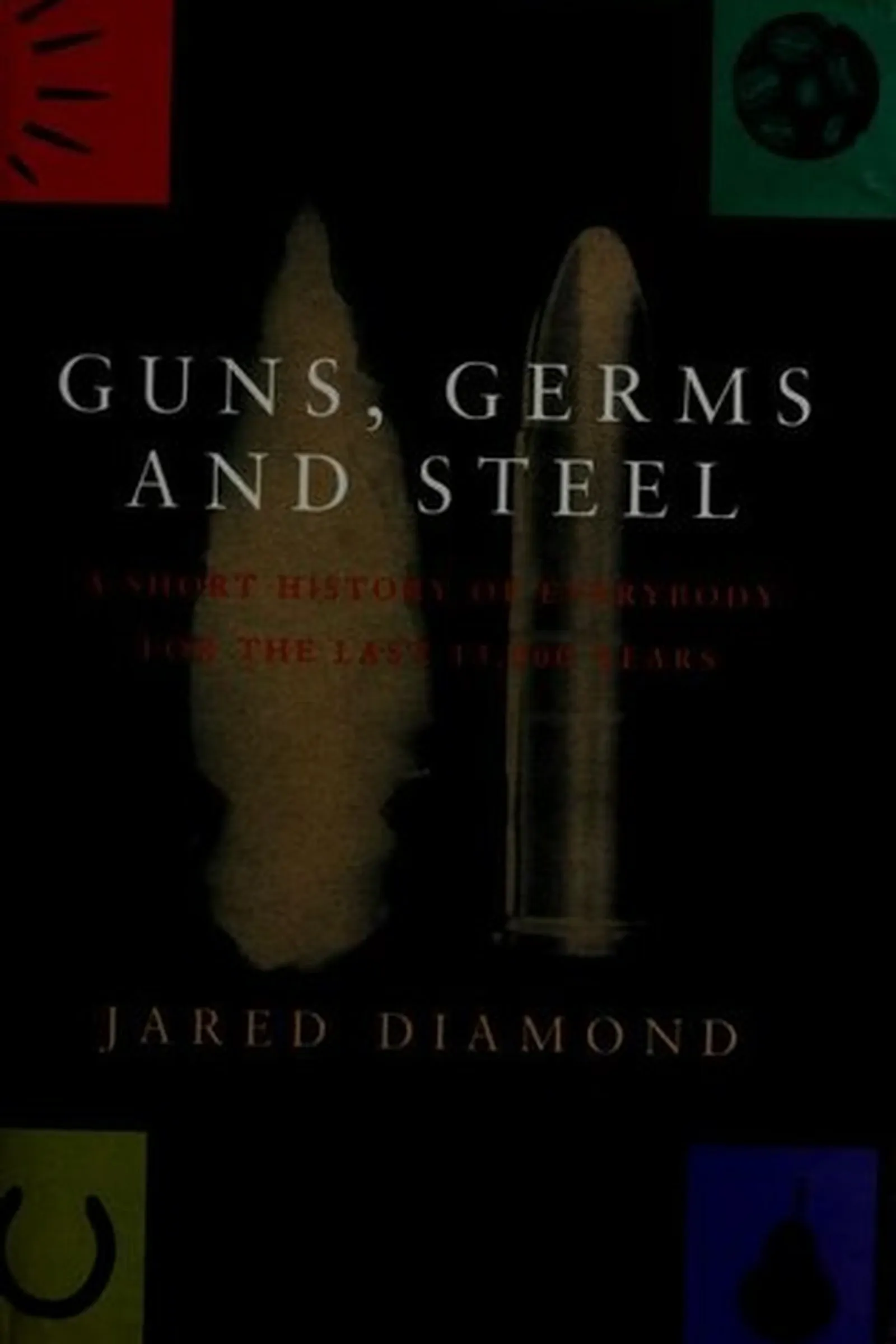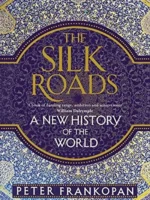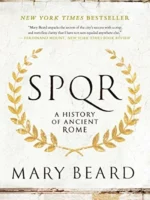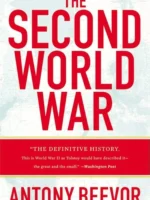Guns, Germs, and Steel, Jared Diamond, 1997
- Author: Jared Diamond
- Genre: History
- Publisher: Simon & Schuster
- Publication Year: 1997
- Pages: 480
- Format: Paperback
- Language: English
- ISBN: 978-0393354320
- Rating: 4,4 ★★★★★
Guns, Germs, and Steel Review
About
Jared Diamond’s Guns, Germs, and Steel (1997) is an ambitious exploration of why some societies developed technology, wealth, and power faster than others. Instead of attributing human progress to intelligence or culture, Diamond argues that geography, environment, and biological luck shaped the fate of civilizations. It’s a rare blend of science, history, and storytelling that challenges how we understand human success.
Overview
Diamond, a geographer and biologist, connects dots across continents and millennia. He examines how geography determined access to domesticable plants and animals, which in turn fueled food surpluses, population growth, and technological innovation. The “guns, germs, and steel” of the title symbolize the tools of conquest that allowed certain civilizations to dominate others—not through superiority, but circumstance. Diamond’s tone is analytical yet deeply humanistic, aiming to dismantle racist explanations of inequality through evidence and logic.
Summary
(light spoilers) The book opens in Papua New Guinea, where Diamond is asked by a local man why “white men have so much cargo.” This question drives the narrative. Diamond traces history from the Fertile Crescent to the Americas, showing how Eurasia’s east-west axis allowed for the easy spread of crops and ideas, while geography limited others. He links agriculture to writing, technology, and political complexity. By the end, the reader sees human history not as a contest of genius, but as the unfolding of natural advantages and chance. It’s both humbling and illuminating.
Key Themes / Main Ideas
• Geography and environment as destiny.
• Agriculture as the foundation of civilization.
• Technology and disease as forces of domination.
• Human equality — differences explained by circumstance, not intellect.
• History as interconnected ecology.
Strengths and Weaknesses
• Strengths — Sweeping scope; clear, evidence-based reasoning.
• Strengths — Accessible synthesis of science and history.
• Weaknesses — Sometimes oversimplifies cultural nuance.
• Weaknesses — Critics argue it underplays human agency.
Reviewed with focus on themes, audience, and takeaways — Jared Diamond
| pa_author | Jared Diamond |
|---|---|
| ISBN | 978-7-776-82362-7 |
| pa_year | 2003 |
| Pages | 431 |
| Language | English |







